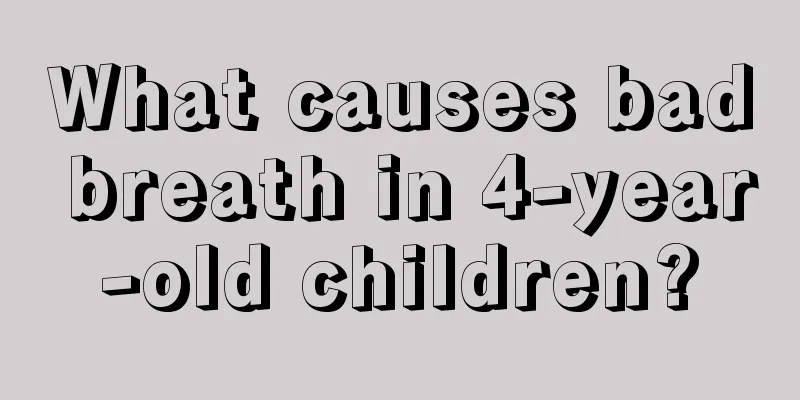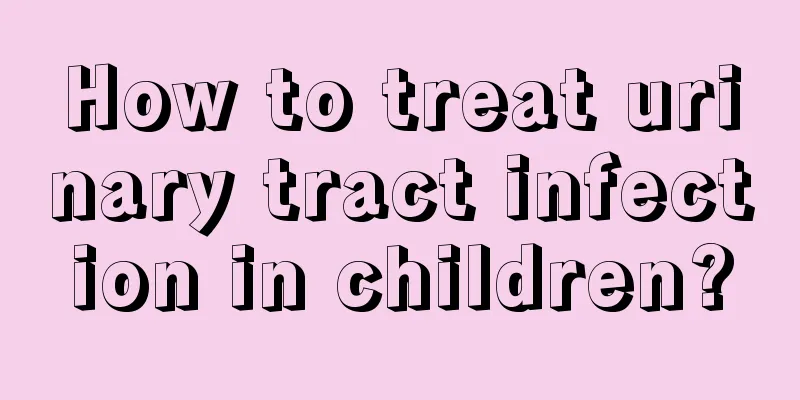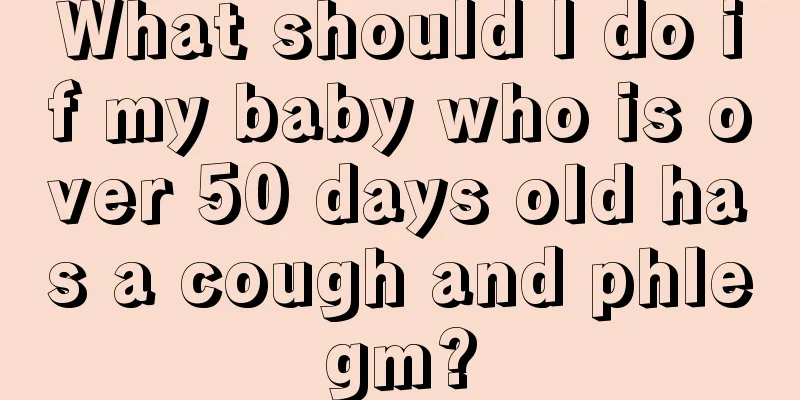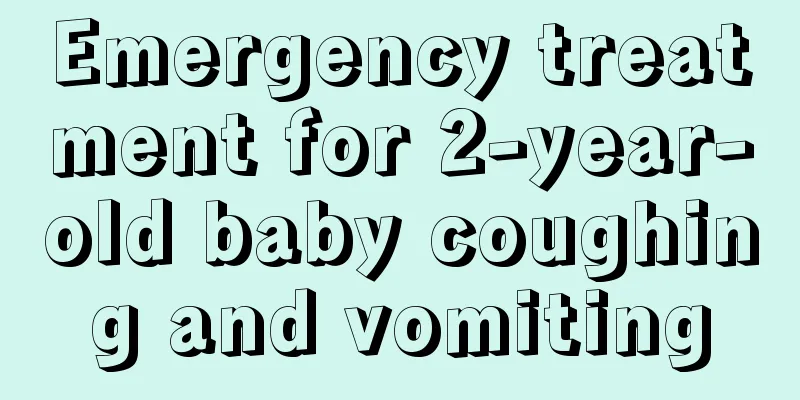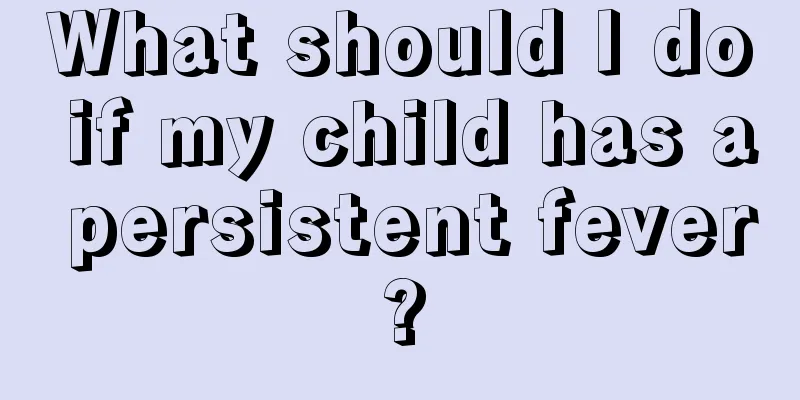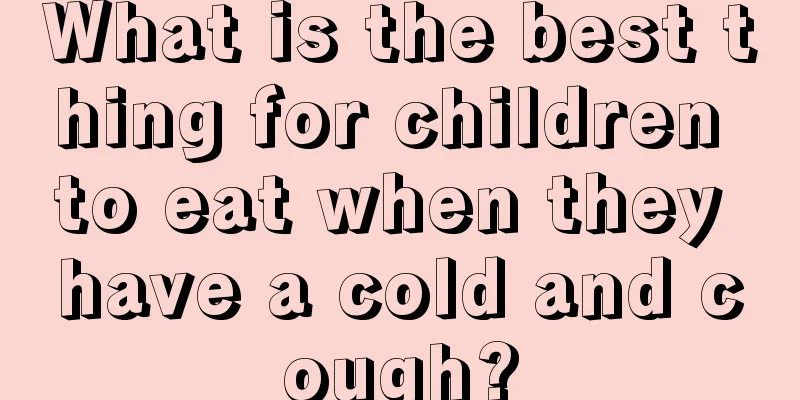What to do if your child has small teeth
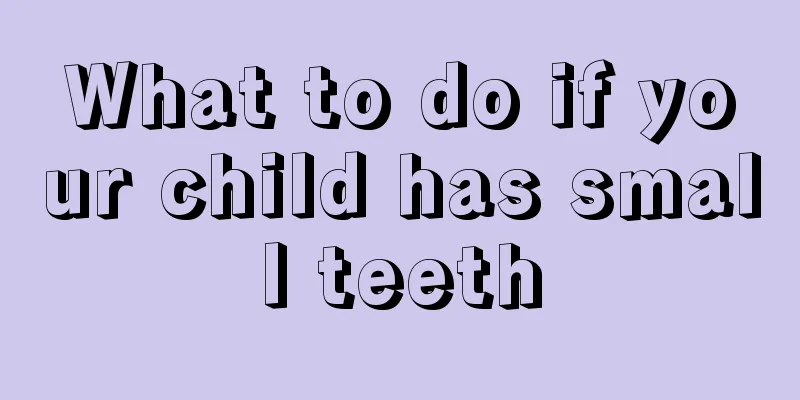
|
When a child starts to grow small teeth on his teeth, it means that the baby is about to change his teeth. The newly grown teeth are permanent teeth. At this time, because the deciduous teeth have not fallen out yet and the permanent teeth are still growing, this phenomenon is easy to occur. If the child has some symptoms, you should go to the hospital in time to remove the deciduous teeth, and then allow the permanent teeth to grow smoothly. The permanent teeth can return to their positions smoothly, which can prevent uneven teeth. In daily life, parents should observe some situations of their children's tooth replacement, so that their children can grow a mouthful of white and neat teeth smoothly. Tooth replacement is a process that every child must go through. As parents, we should closely observe the development of our children's teeth so that they can smoothly go through the tooth replacement period and grow a set of healthy and beautiful teeth. 1. Pay attention to your child's tooth replacement As children grow older, their tiny baby teeth can no longer adapt to the growing jaws and increasing chewing power. The deciduous teeth begin to fall out physiologically from around the age of 6 and are completely replaced by permanent teeth around the age of 12. Due to the growth and development of the permanent tooth germ in the jawbone and the migration toward the occlusal surface of the teeth, the root tissue of the deciduous teeth is absorbed, the deciduous teeth gradually loosen and finally fall out. The fallen deciduous teeth have no roots and the fallen surface appears eroded. When a child's deciduous teeth fall out, you should pay close attention to distinguish it from a broken deciduous tooth root. 2. Try to avoid injuries to your child Some parents find that their children's new permanent teeth are loose, which makes them feel uneasy and suspicious. In fact, this is because the roots of newly erupted teeth have not yet been fully formed, the pulp cavity and apical foramen are very large, and the cementum at the apex is very thin. During this period, if the tooth root is injured or infected, the apical foramen will become inflamed and can no longer be closed, making treatment very difficult. Children are at the age of changing their teeth when they are active and lively. It is easy for them to suffer maxillofacial trauma due to sudden collisions, falls, and other accidents while running, playing, and fighting. The upper front teeth are particularly vulnerable to damage. Therefore, parents should pay more attention to prevent their children from getting injured during this period. 3. No need to worry about the gap between the front teeth Some parents find that there is a gap between the two newly grown front teeth of their children, and some are even in an S-shape, so they worry that their children's front teeth will not grow well. In fact, the eruption of permanent teeth has a certain time and order. The upper central incisor (commonly known as the front teeth) erupts between the ages of 6 and 9, and the lateral incisors erupt between the ages of 7 and 11. Therefore, when the child is 7 to 11 years old, there will be a gap between the two front teeth. As long as the lateral incisors erupt, the gap will naturally disappear. Occasionally, there may be a supernumerary tooth between the two front teeth causing a gap between the two front teeth. This can be confirmed through X-ray examination and then the supernumerary tooth can be removed to close the gap. 4. Canine teeth cannot be removed In the order of replacement of deciduous and permanent teeth, the eruption of canines is later than that of the first pair of canines. When the canines erupt, the area of the alveolar bone in the anterior tooth area is occupied by other teeth and can only erupt on the labial side. Therefore, the canines of some children often protrude to the labial side to form canine teeth. Some parents think that this tooth is ugly and ask the doctor to extract it, which is wrong. The canine has the longest root and is the strongest tooth in the mouth. Its function of tearing food cannot be replaced by other teeth. If it is lost, children will often be unable to chew sugarcane or eat ribs, and their chewing power will also be affected. If correction is required, the doctor will remove the first or second bicuspids to achieve the purpose. 5. Understand the temporary mismatch period Finally, it is worth mentioning that during the transition period between deciduous and permanent teeth, the arrangement of teeth is often mixed, sometimes even chaotic, which is medically called temporary malocclusion. Some parents are very worried about this and ask doctors to provide correction as soon as possible. In fact, human teeth have the potential tendency to be arranged neatly. When the deciduous teeth are replaced by permanent teeth, the tooth arrangement may adjust itself. Before the replacement of deciduous teeth with permanent teeth is completed, there is no need to rush to correct it. Instead, you should observe and follow up. Some children's permanent teeth will slowly be arranged neatly. Even if correction is necessary, it should be performed after the replacement of deciduous teeth with permanent teeth is completed. Usually between the ages of 13 and 15, when the permanent teeth have reached a certain height, the production and wearing of various orthodontic appliances can be accurate and effective. |
<<: Which medicine is best for children with cough?
>>: What is the chronological order in which baby teeth grow?
Recommend
What should I do if my child always has bad breath?
Some mothers find that their children always have...
Two-year-old baby's legs are not straight
Parents should observe their baby's body shap...
What to do if your child has buck teeth
What we call protruding teeth are actually called...
Newborns should be careful of side effects when taking Yinzhihuang oral solution
Newborns will inevitably have some gastrointestin...
Can children drink effervescent tablets?
When we go to the pharmacy to buy medicine, we wi...
What should I do if my child has chronic cough?
Parents often encounter some problems. For exampl...
Is it good or bad for babies to sleep on their stomachs?
After having a baby, perhaps most of the parents&...
The dangers of bright children's food, parents should be careful when buying for their children
Food safety is not only important for adults, but...
Side effects of rabies vaccination for children
Children are young, and side effects are inevitab...
How to relieve diarrhea in children?
If a young child has diarrhea frequently, he or s...
Causes of sleep disorders in children
In daily life, many young friends will find a pro...
What is the reason for white particles in baby's stool?
The baby's development is an issue that every...
Elbow dislocation in children
It is the nature of children to love playing and ...
What are the symptoms of school phobia?
When school starts, many students will feel like ...
How to treat tonsillitis in children?
Tonsillitis in children is a common upper respira...

